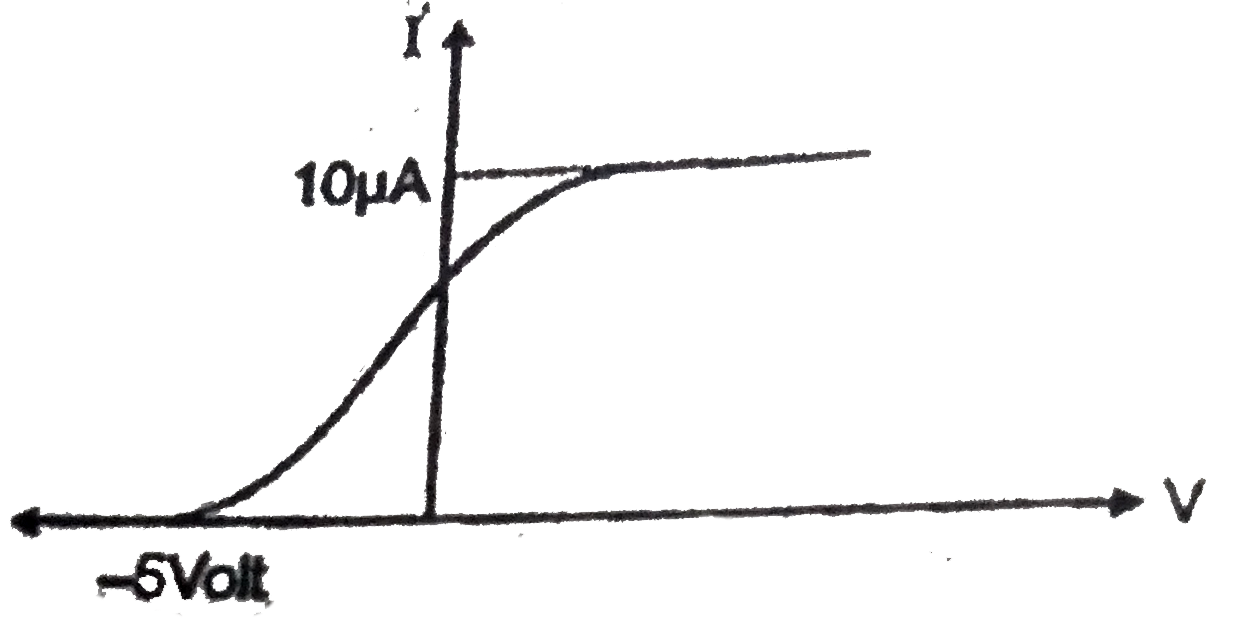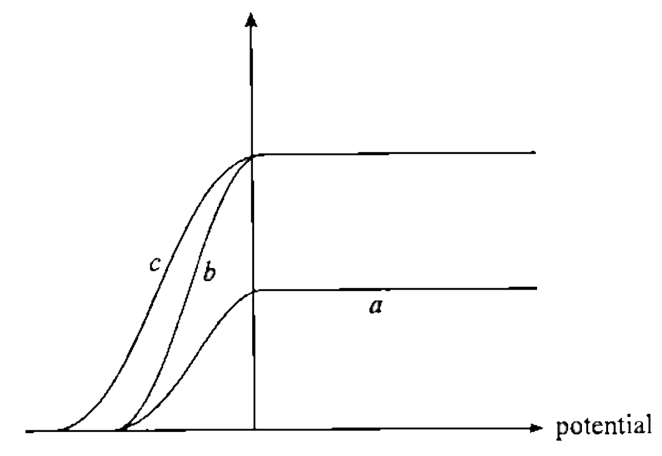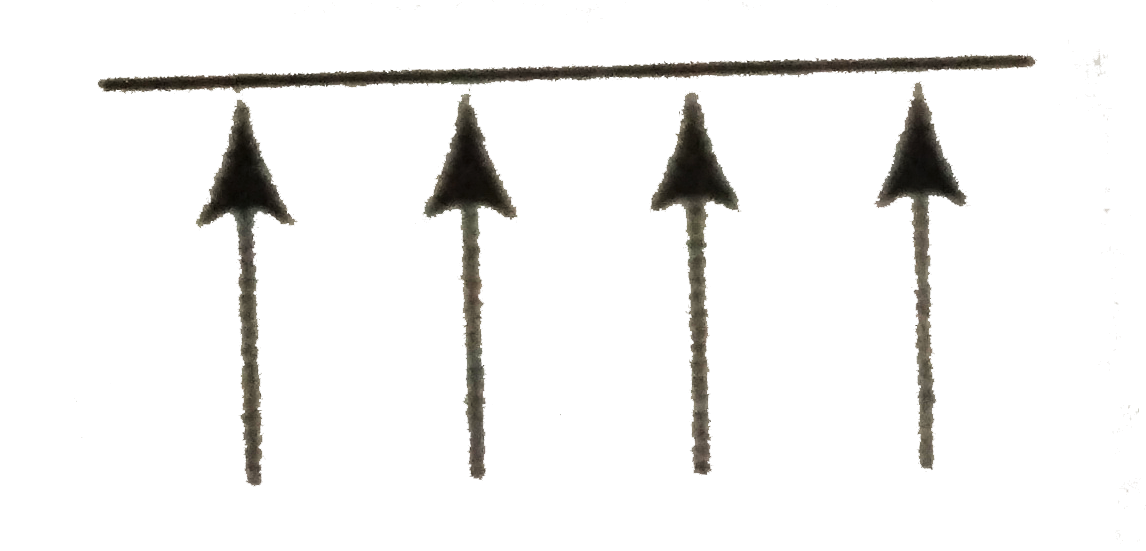Numerical MCQs from GK PUBLICATIONS PHYSICS Chapter 12 PHOTOELECTRIC EFFECT AND MATTER WAVES for Class 12
| Class 12 | PHYSICS |
| Chapter | PHOTOELECTRIC EFFECT AND MATTER WAVES |
| GK PUBLICATIONS PHYSICS | Numerical MCQs |
| Medium | English |
| Academic Year | 2023-2024 |
Question 14
A parallel beam of light of intensity I and cross section area S is incident on a plate at normal incidence. The photoelectric emission efficiency is 100%, the frequency of beam is v and the work function of the plate is ϕ(hv>ϕ). Assuming all the electrons are ejected normal to the plane and with same maximum possible speed. The net force exerted on the plate only due to striking of photons and subsequent emission of electrons isView SolutionQuestion 18
A beam of light has an power of 144 W equally distributed among three wavelengths of 4100Å, 4960Å and 6200Å. The beam is incident at an angle of incidence of 60° on an area of 1cm2 of a clean sodium surface, having a work function of 2.3 eV.Assuming that there is no loss of light by reflection and that each energetically capable photon ejects a photoelectron, find the saturation photocurrent. (Take hc/e=12400eVÅ)View SolutionQuestion 22
The work function of a certain metal is hCλ0. When a monochromatic light of wavelength λ<λ0 is incident such that the plate gains a total power P. If the efficiency of photoelectric emission is η% and all the emitted photoelectrons are captured by a hollow conducting sphere of radius R already charged to potential V, then neglecting any interaction of potential of the sphere at time t is:View SolutionQuestion 25
When a certain metallic surface is illuminated with mono chromatic light of wavelength λ, the stopping potential for photoelectric current is 3V0. When the same surface is illuminated with light of wavelength 2λ the stopping potential is V0. The threshold wavelength for this surface for photoelectric effect is. View SolutionQuestion 26
In the photoelectric experiment, if we use a monochromatic light, the I-V curve is as shown. If work function of the metal is 2eV, estimate the power of light used. (Assume efficiency of photo emission =10−3%, i.e. number of photoelectrones emitted are 10−3% of number of photons incident on metal.)
 View Solution
View SolutionQuestion 37
A metal plate is exposed to light with wavelength λ. It is observed that electrons are ejected from the surface of the metal plate. When a retarding uniform electric field E is imposed, no electron can move away from the plate farther than a certain distance d. Then the threshold wavelength λ0 for the material of plate is ( e is the electronic charge, h is Planck's constant and c is the speed of light) View SolutionQuestion 39
A small potassium foil is placed (perpendicular to the direction of incidence of light) a distance r(=0.5m) from a point light source whose output power P0 is 1.0W. Assuming wave nature of light how long would it take for the foil to soak up enough energy (=1.8eV) from the beam to eject an electron? Assume that the ejected photoelectron collected its energy from a circular area of the foil whose radius eqals the radius of a potassium atom (1.3×10−10m)View SolutionQuestion 44
A metallic surface is irradiated with monochromatic light of variable wavelength. Above a wavelength of 5000Å no photoelectrons are emitted from the surface. With an unknown wavelength, stopping potential fo 3V is necessary ot eliminate the photo current. Find the unknown wavelength. View SolutionQuestion 59
Electrons in a sample of gas containing hydrogen-like atom (Z=3) are in fourth excited state. When photons emitted only due to transition from third excited state to second excited state are incident on a metal plate photoelectorns are ejected. The stopping potential for these photoelectorns is 3.95eV. now, if only photons emitted due to transition from fourth excited state to third excited state are incident on the same metal plate, the stopping potential for the emitted photoelectrons will be appoximetely equal to View Solution

